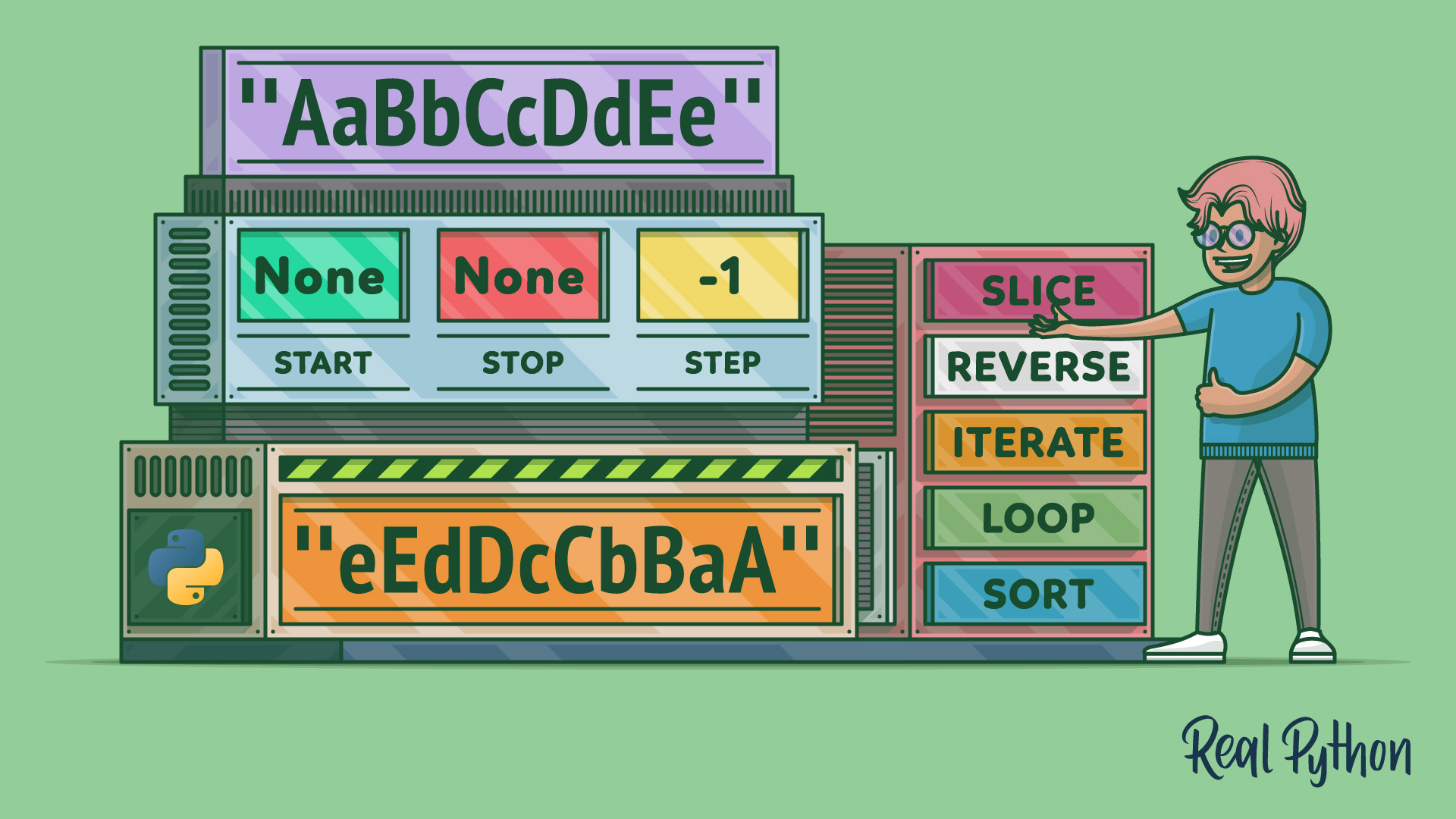
Helper function to populate the test vectorsĬout ( c ).swap( c ) // the shrink-to-fit idiom to shed excess capacityĬontainer().swap( c ) // the idiom to shed all contents and capacity Test struct to be inserted/removed from vector

We’re using a TestStruct and a FillVector() method to populate the test vectors. Feel free to download it for profiling vector performance on your system.The code snippets in the post will reflect just one iteration to keep things simple. We’ll be running each test 100 times and taking the average runtime for comparison purposes.The actual code used to run the test is available here. We’ll be using the Stopwatch made by Kjell available at. Infrastructure and methodology for the performance tests:Īll the tests are performed on my Surface Book having a core i7 Ghz processor, 8 GB RAM and VS2015 C++ Compiler running under Windows 10. We’ll look at both efficient and inefficient ways to perform the most common programming tasks using vectors, measure the performance gain we obtain by using vectors efficiently and try to understand why we’re getting the performance gain. In this article we’ll look at 6 ways to optimize usage of vectors. However, Vector is just a tool and like any tool, it can be used both effectively or ineffectively. For mere mortals like us, we take this as gospel and just run with it. In the words of Bjarne Stroutsoup – “ By default, use Vector when you need a container”. In this Java Tutorial, we learned about String Array in specific: how to declare a string array, how to initialize it, how to access elements, etc.Vector is like the swiss army knife of C++ STL containers.

In the following example, we have declared and initialized string array with elements. You can also assign strings directly to the string array when declaring it. In the above example, we have created a string array named names, and initialized it to a string array of size 10 with default values of empty strings. But you can combine the declaration and initialization, to form the definition of string array, as shown below.

We have declared and initialized the string array in two different statements. The default value for a string is empty string “”.įollowing is an example program to initialize a string array of size 10. This will create a string array in memory, with all elements initialized to their corresponding static default value. You have to mention the size of array during initialization. To initialize a string array, you can assign the array variable with new string array of specific size as shown below. Following is the syntax to declare an Array of Strings in Java.


 0 kommentar(er)
0 kommentar(er)
